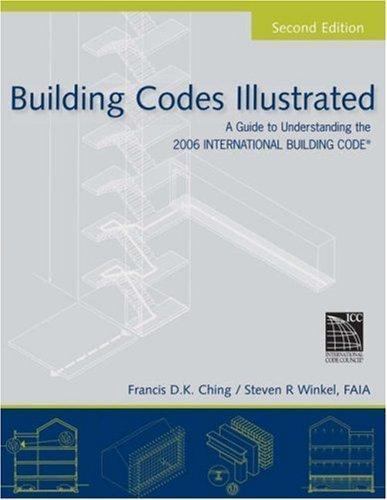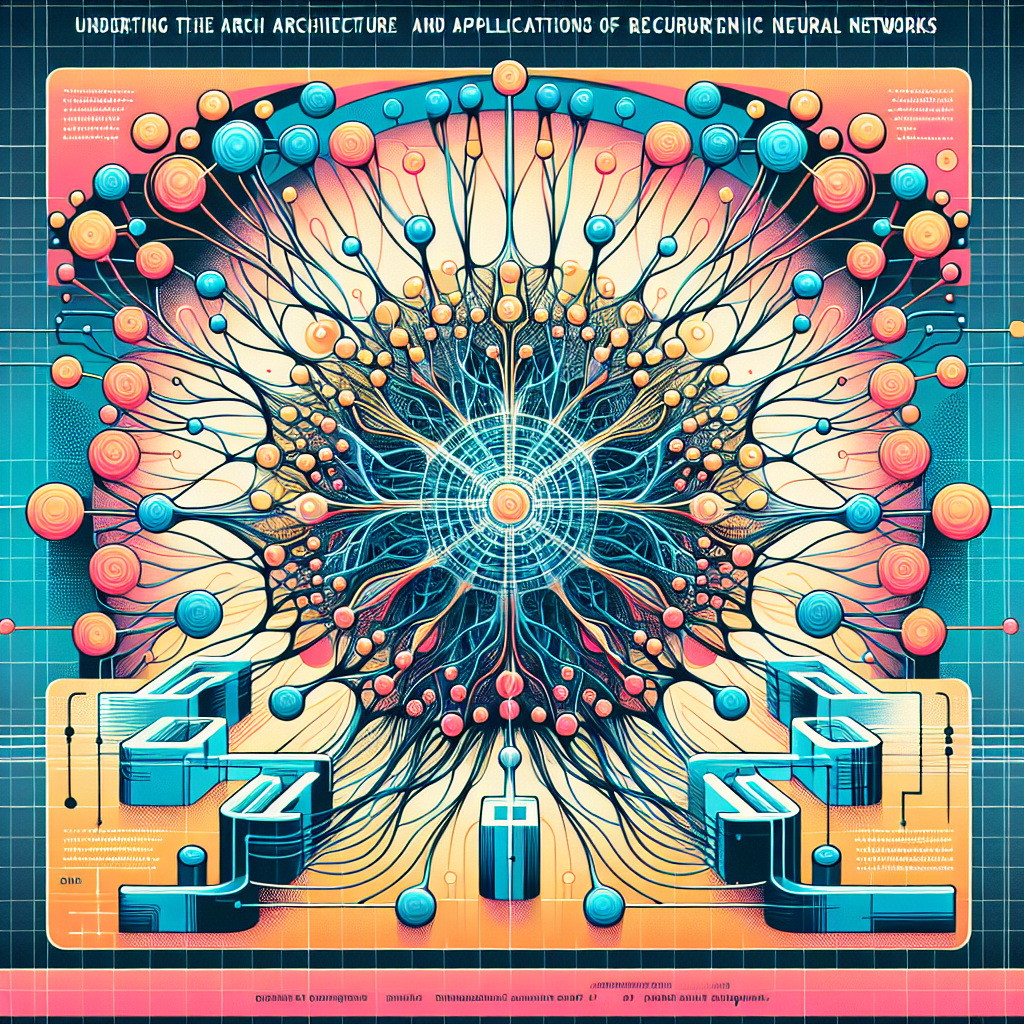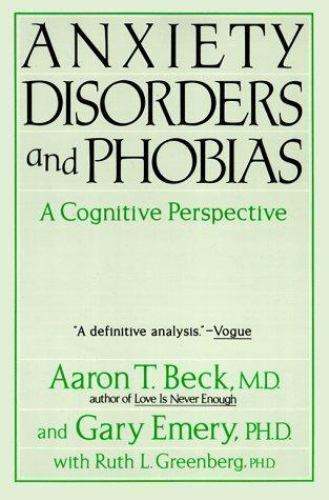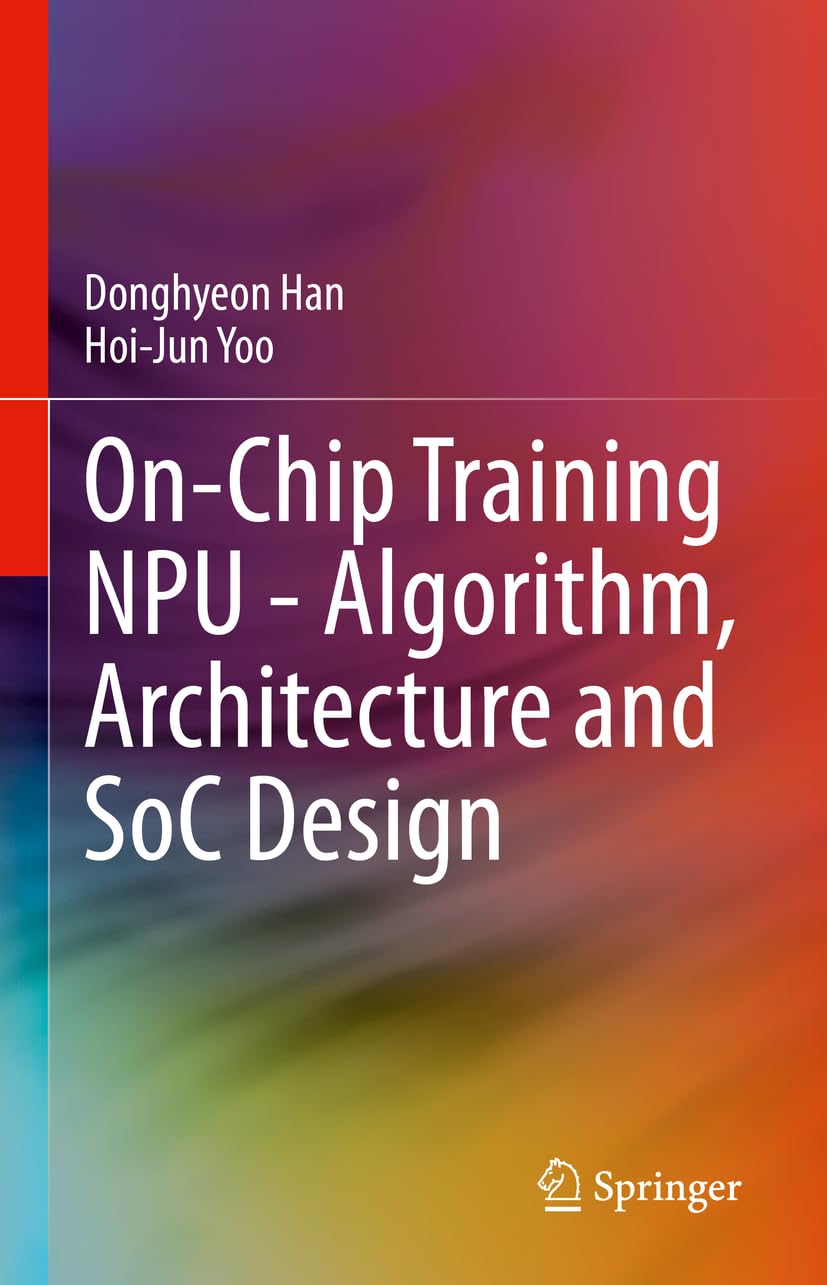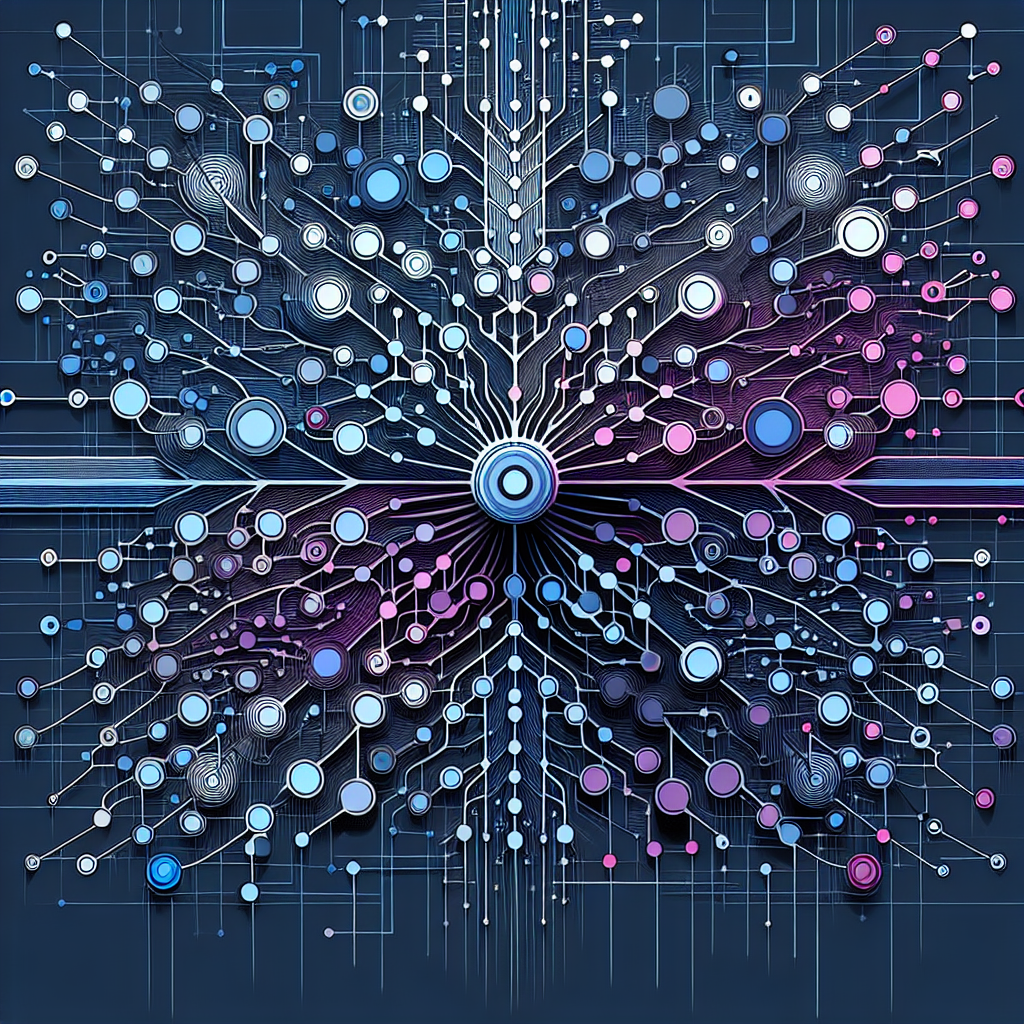Recurrent Neural Networks (RNNs) are a type of artificial neural network that is designed to handle sequential data and is especially well-suited for tasks like language modeling, speech recognition, and machine translation. RNNs are unique in that they have feedback loops that allow information to persist and be passed from one step of the network to the next, making them ideal for processing sequences of data.
The architecture of an RNN is relatively simple, consisting of a series of interconnected nodes, or neurons, that are organized into layers. Each node in an RNN is connected to the nodes in the previous layer, as well as to itself, forming a loop that allows the network to retain information over time. This ability to remember past inputs makes RNNs particularly useful for tasks that involve time series data, such as predicting stock prices or weather patterns.
One of the key components of an RNN is the hidden state, which represents the network’s memory of previous inputs. The hidden state is updated at each time step based on the current input and the previous hidden state, allowing the network to learn patterns in the data and make predictions about future outputs. By training an RNN on a large dataset of sequential data, the network can learn to recognize patterns and generate accurate predictions.
RNNs have a wide range of applications in fields such as natural language processing, machine translation, and speech recognition. In language modeling, RNNs can be used to generate text based on a given input, making them useful for tasks like auto-completion and text generation. In machine translation, RNNs can be trained to translate text from one language to another, by learning the relationships between words and phrases in different languages.
Despite their many strengths, RNNs do have some limitations. One of the main challenges with RNNs is the issue of vanishing gradients, where the gradients used to update the network’s weights become too small to be effective. This can make it difficult for RNNs to learn long-term dependencies in the data, leading to poor performance on tasks that require the network to remember information over long time periods.
To address this issue, researchers have developed more advanced versions of RNNs, such as Long Short-Term Memory (LSTM) networks and Gated Recurrent Units (GRUs), which are designed to better capture long-term dependencies in the data. These models use additional gates and mechanisms to control the flow of information through the network, allowing them to learn more effectively from sequential data.
In conclusion, RNNs are a powerful tool for processing sequential data and have a wide range of applications in fields such as natural language processing, machine translation, and speech recognition. By understanding the architecture and applications of RNNs, researchers and practitioners can harness the power of these networks to solve complex problems and make sense of large amounts of sequential data.
#Understanding #Architecture #Applications #Recurrent #Neural #Networks,rnn

